Symplast Transport
Video
May 27th - 28th, 2023
︎W14 9LP,Beaumont Ave 9,Metre Squared Art Center,London
Symplast Transport
video 03:57
︎ short version link: https://youtu.be/heOQ_NWYzU0?si=eEMI-9skfGh6Vgn3
︎full version link: https://youtu.be/QVnl2gzPdWQ?si=onGRXiaBm1BxNfsv
About
I've produced this video for an exhibition named "Future Cave"
in London,2023. This exhibition serves as a celebration of the
queer body and its interconnectedness with nature. It delves into the fusion of
digital technology and personal identity, challenging traditional perspectives
on gender and sexuality. The Future Cave offers a platform for self-expression,
identity exploration, and the harmonious blend of technology and nature. Personal research
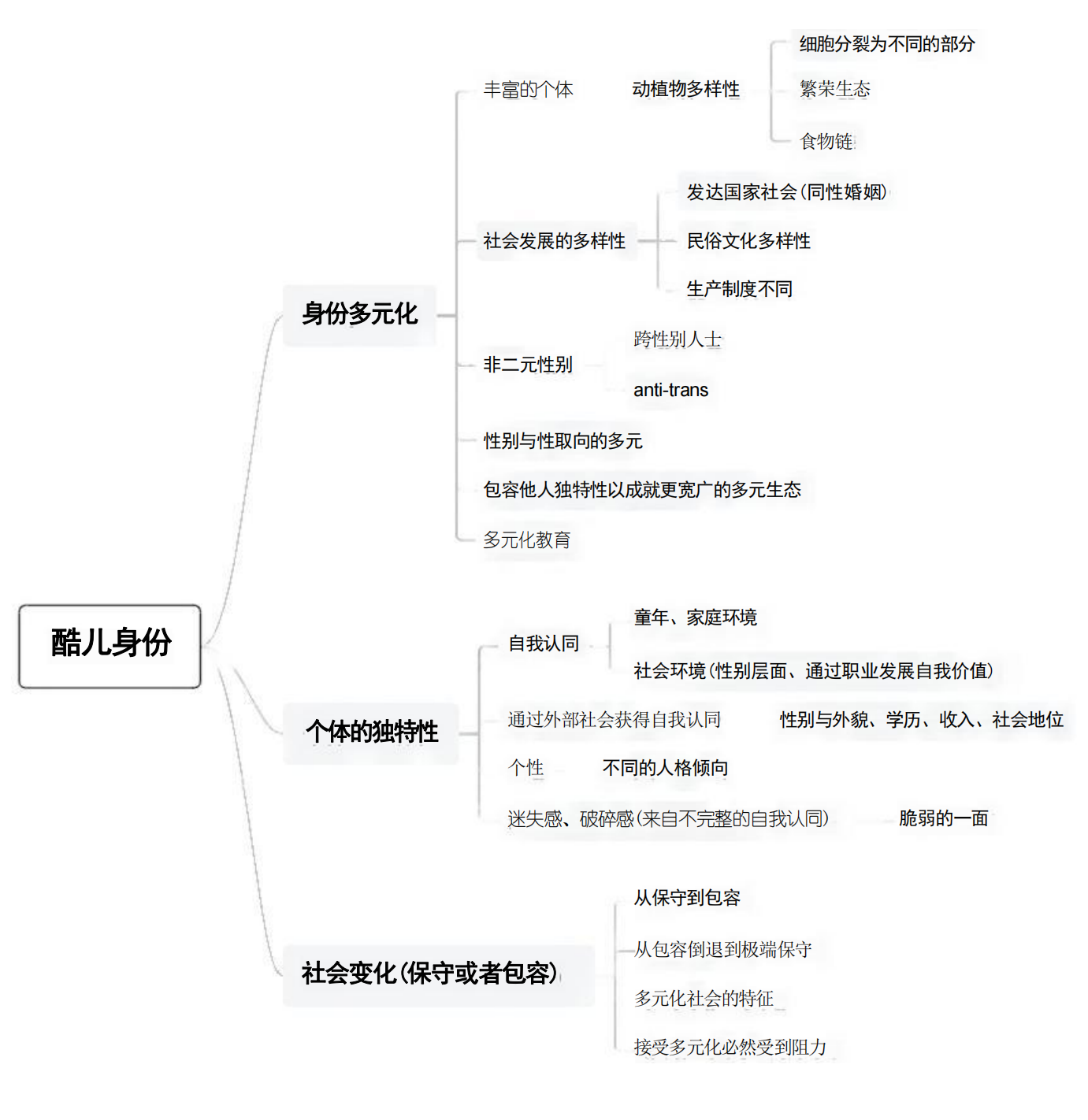
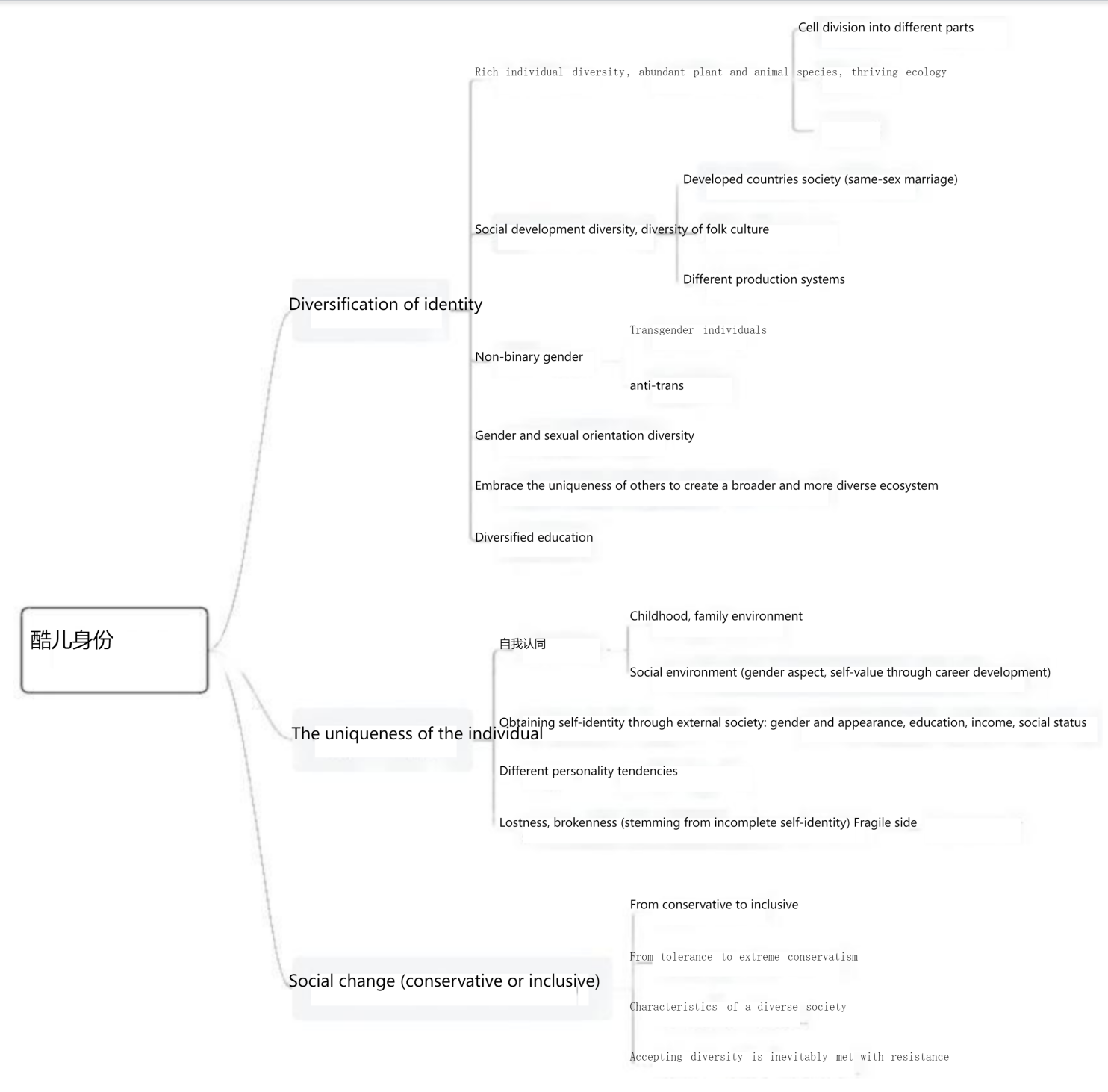
mind map
Ultimately, I've selected plant cells and queer identity as the focal points for my more in-depth creative work.
Background Research
Plant cell differentiation into different organs involves the interplay of various cell types and tissues. Plant tissues are categorized into meristematic tissue (similar to animal stem cells, responsible for new growth) and permanent tissue (comprising cells that have stopped dividing). These tissues differentiate into three main types: dermal (covering and protecting the plant), vascular (transporting water, minerals, and sugars), and ground tissue (performing functions like photosynthesis, structural support, and storage). Specific cell types within these tissues contribute to the formation of organs like roots, stems, and leaves. Each plant organ contains all three tissue types, but their functions vary depending on the organ and cell type involved. *
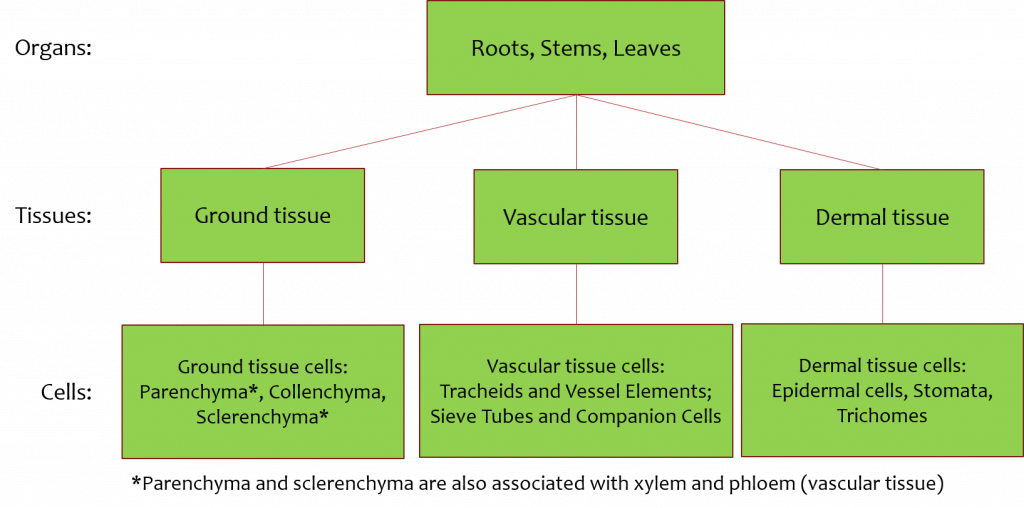
If so, what decide a plant cell grow into meristematic tissue or permanent tissue?
The decision for a plant cell to grow into meristematic or permanent tissue is governed by the cell's location and the developmental signals it receives. Meristematic tissue, like stem cells in animals, is responsible for new growth and is undifferentiated, meaning these cells can develop into various cell types. In contrast, cells in permanent tissue have differentiated and specialized based on the plant's needs in that particular location, thus no longer dividing actively. This differentiation is a complex process influenced by genetic and environmental factors. *
I learned from studying plant cell differentiation that just as genetics, environmental factors, and developmental signals shape plant cells into different tissues, these same factors shape human sexual orientation and gender identity. Plant cell diversity and queer identities share a common importance in understanding human society. The different types and morphologies of plant cells determine their growth, development, and function, allowing them to effectively adapt to different environments. Likewise, queer identity encompasses various sexual orientations, such as gay or bisexual, and different gender identities, such as transgender or non-binary. This diversity reflects the resonance between biodiversity and diversity of identities in nature and in human societies. In a diverse and inclusive social environment, individuals are more free to explore and express their identities, much like how a diverse environment promotes plant growth and development.
Artistic Creation
In order to highlight the connection between plant cells and queer identity in my work, I believe that two crucial visual elements are needed to represent them.For queer identity, I thought a face would serve as a classic visual focal point to express identity, so I utilized AI tool Midjourney to merge some queer portraits with the four natural elements - earth, water, wind, and fire. The outcome is a collection of character images that could potentially exist in the future. Each image represents an individual with distinct and robust personalities.
As for how to express plant cells, I referenced a tutorial on the work of digital artist PPPANIK, which mimics the growth and development of vibrant plant cells through the constant generation of numerous thin lines. Based on the four natural elements represented by the four characters, I adjusted the color and frequency of the generated lines for each part. In terms of overall editing, I used the portrait as a static layer to contrast with the superimposed dynamic lines, and selected relatively dynamic background music to set off the visual elements.
By doing this, I aim to use the transportation process of water and inorganic salts between plant cells as a metaphor to suggest the delicate link between queer identity and plant cells. Having a personal connection with this theme, I employ digital art techniques to blend queer portraits with natural elements. Through this, I aim to provoke contemplation on diverse identity affiliations and showcase a beautiful vision of the harmonious coexistence of technology and nature, as well as the symbiosis between humans and the natural world.

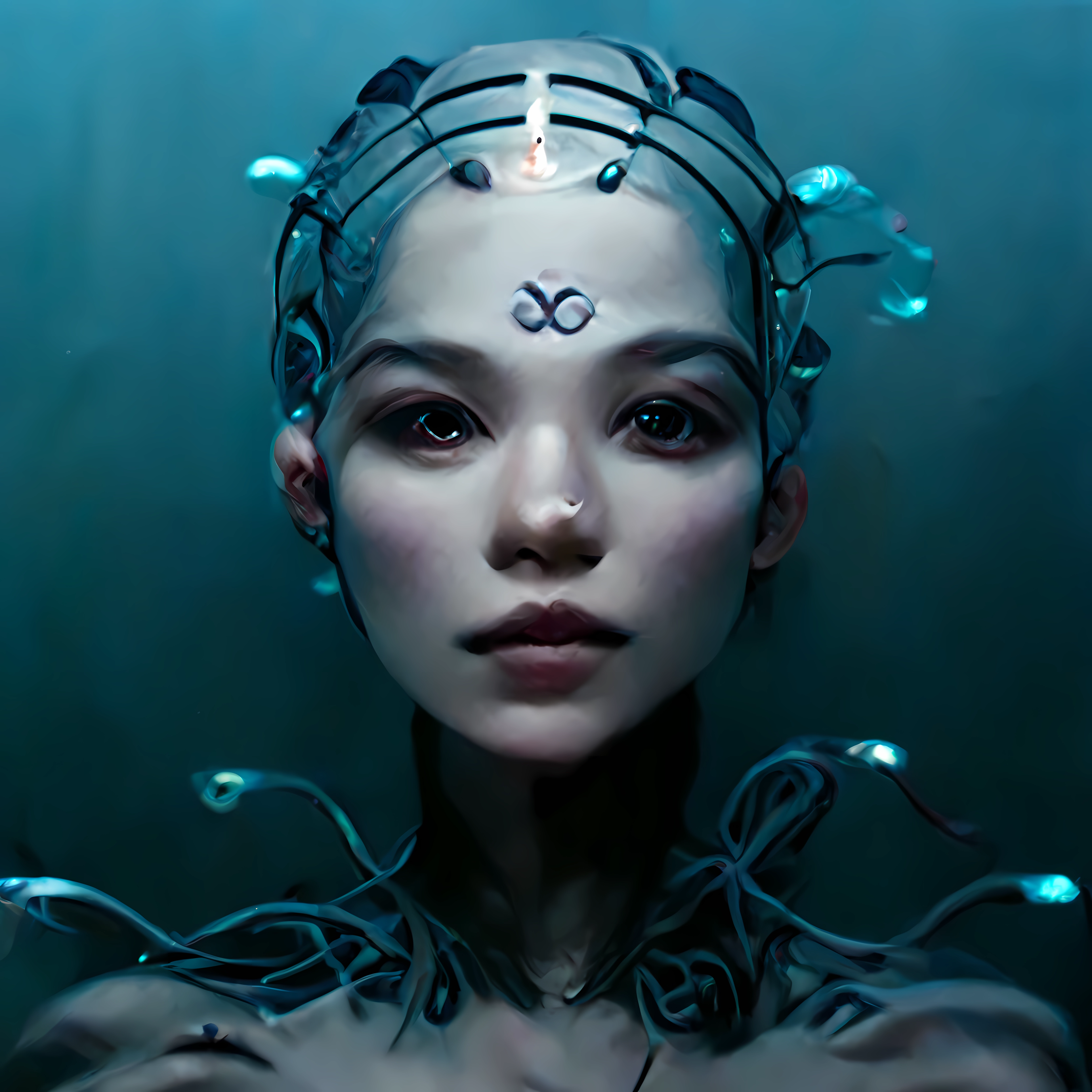

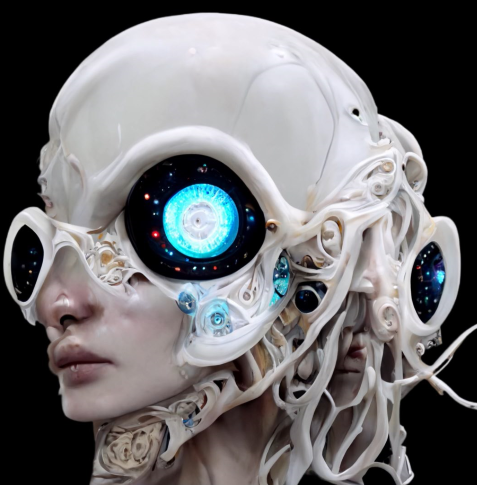
AI generated portraits
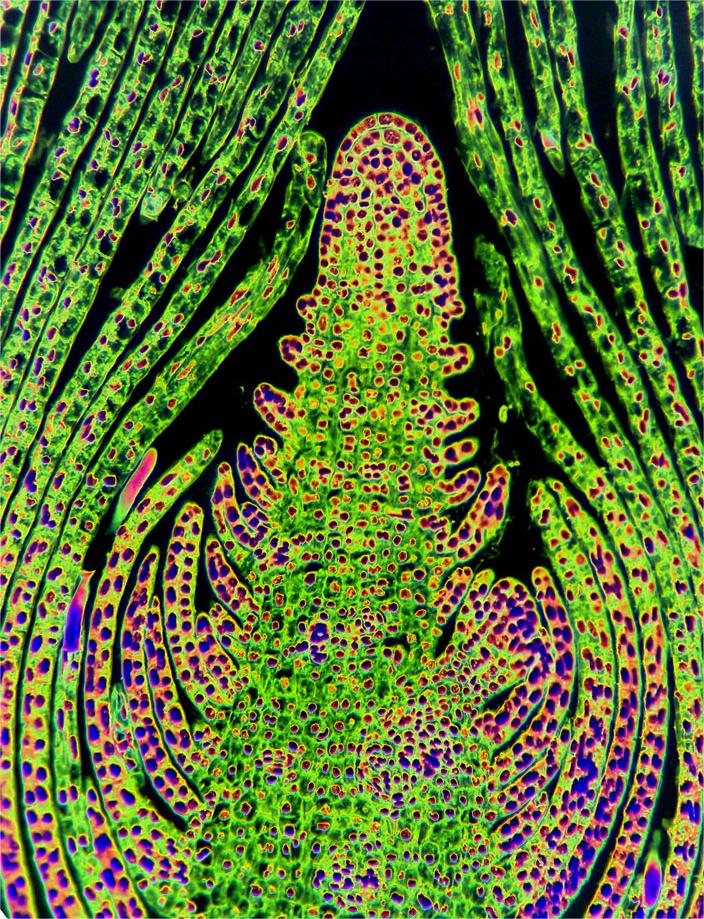
There must be an area of growth, similar to how the bones in your fingers, arms, and legs grow longer. There is, and it is called the apical meristem, which is shown here.
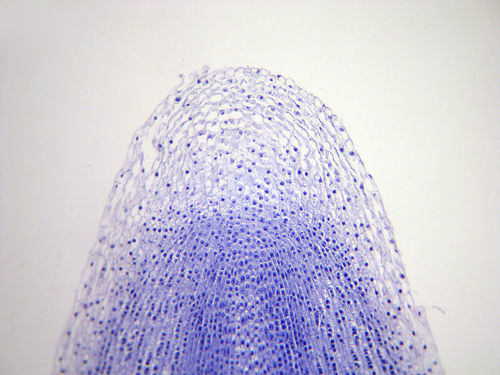
Microphotograph of the root tip of a broad bean show rapidly dividing apical meristem tissue just behind the root cap. Numerous cells in various stages of mitosis can be observed.
via Plant Growth**

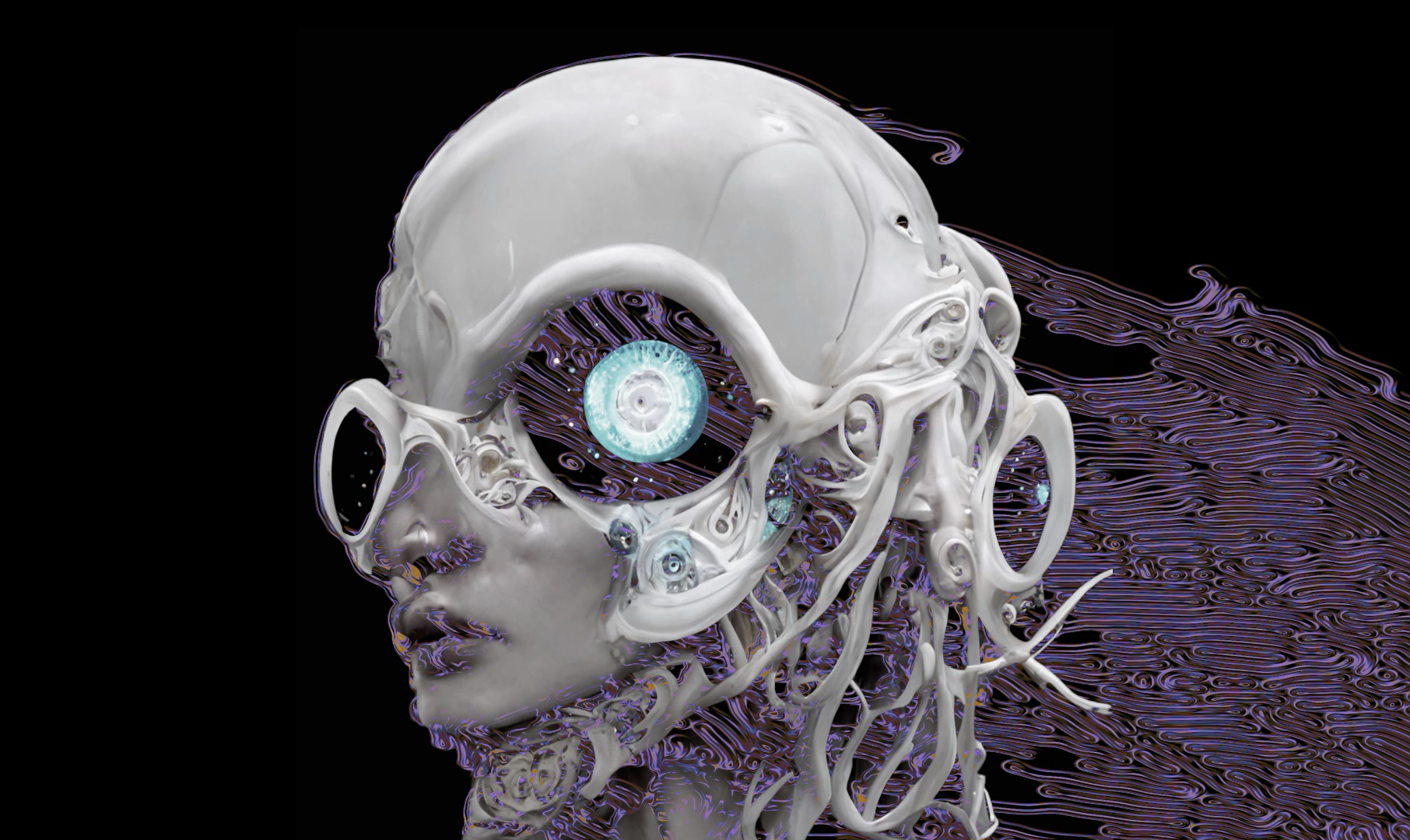
︎Exhibition in London︎
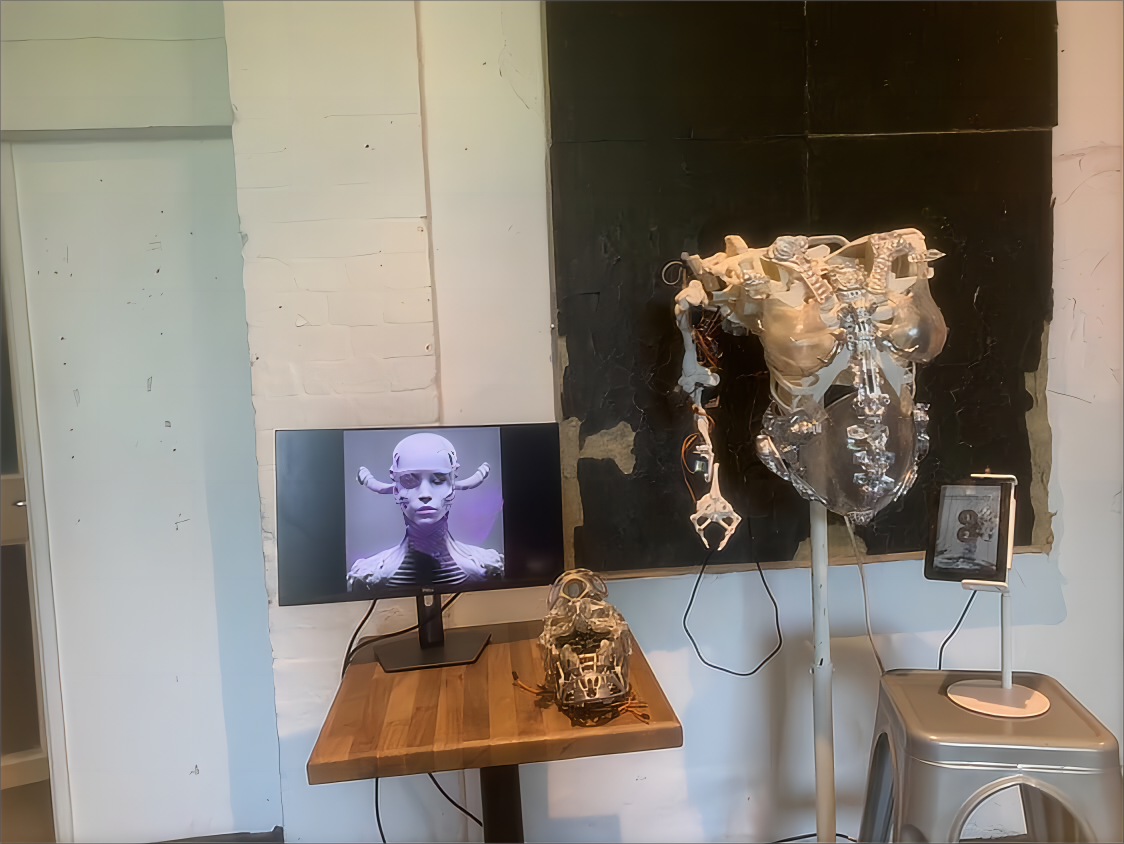
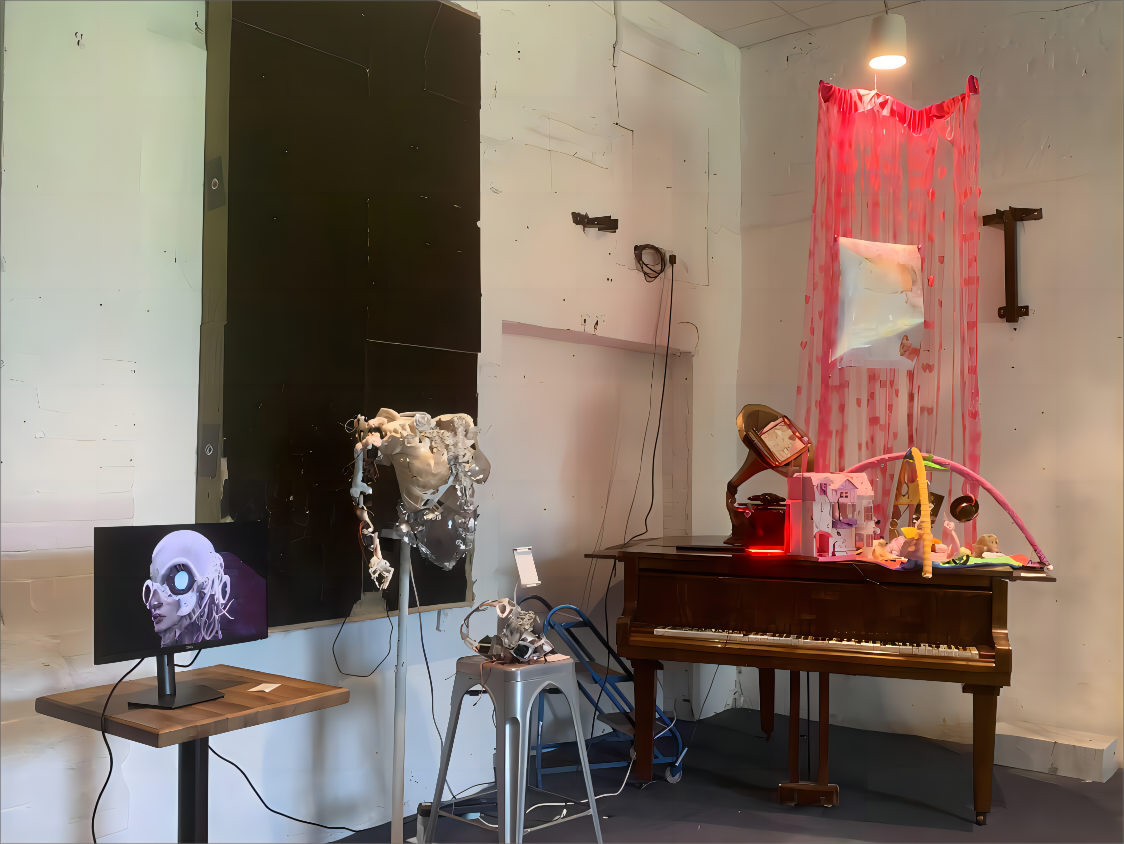
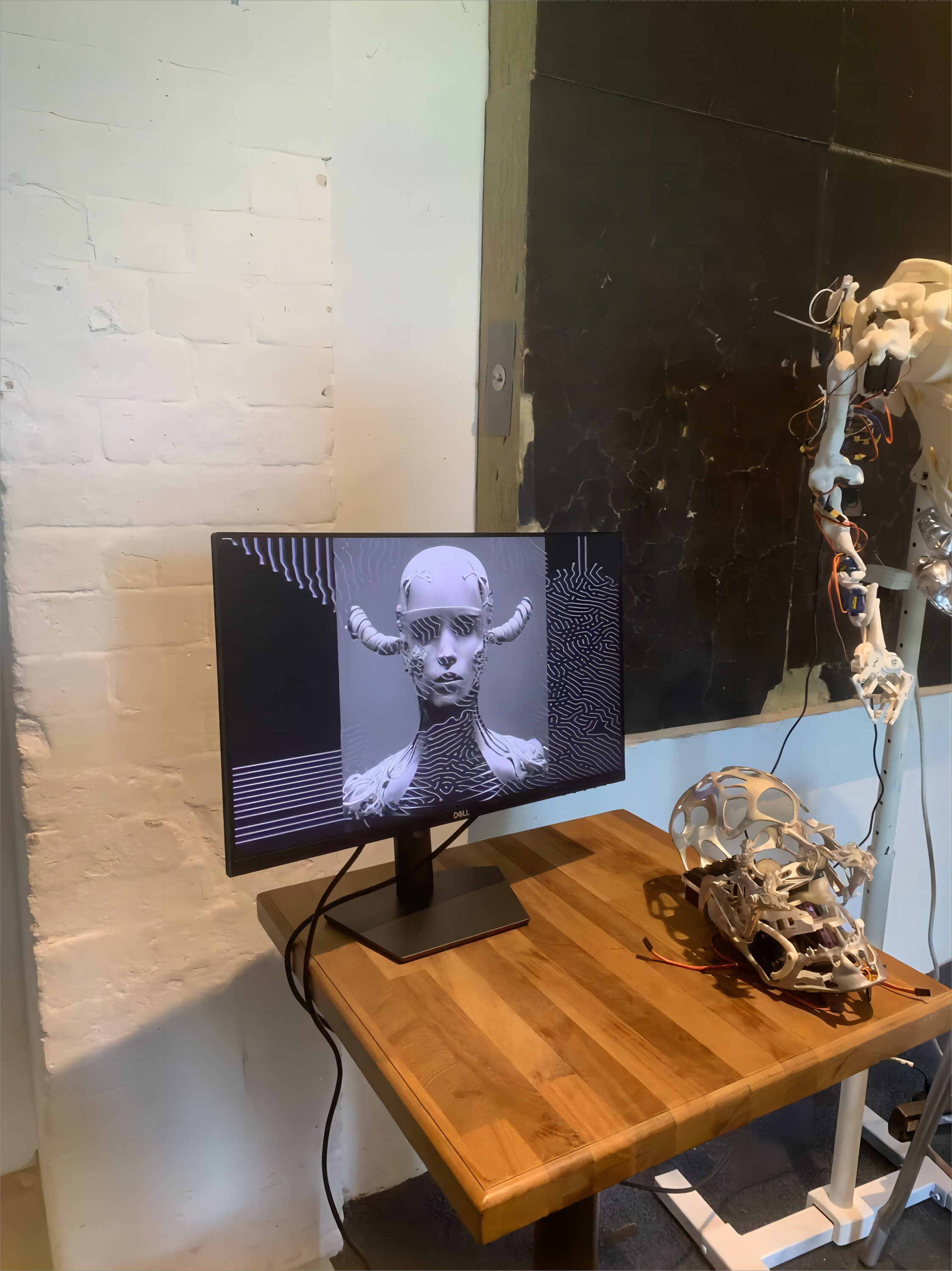
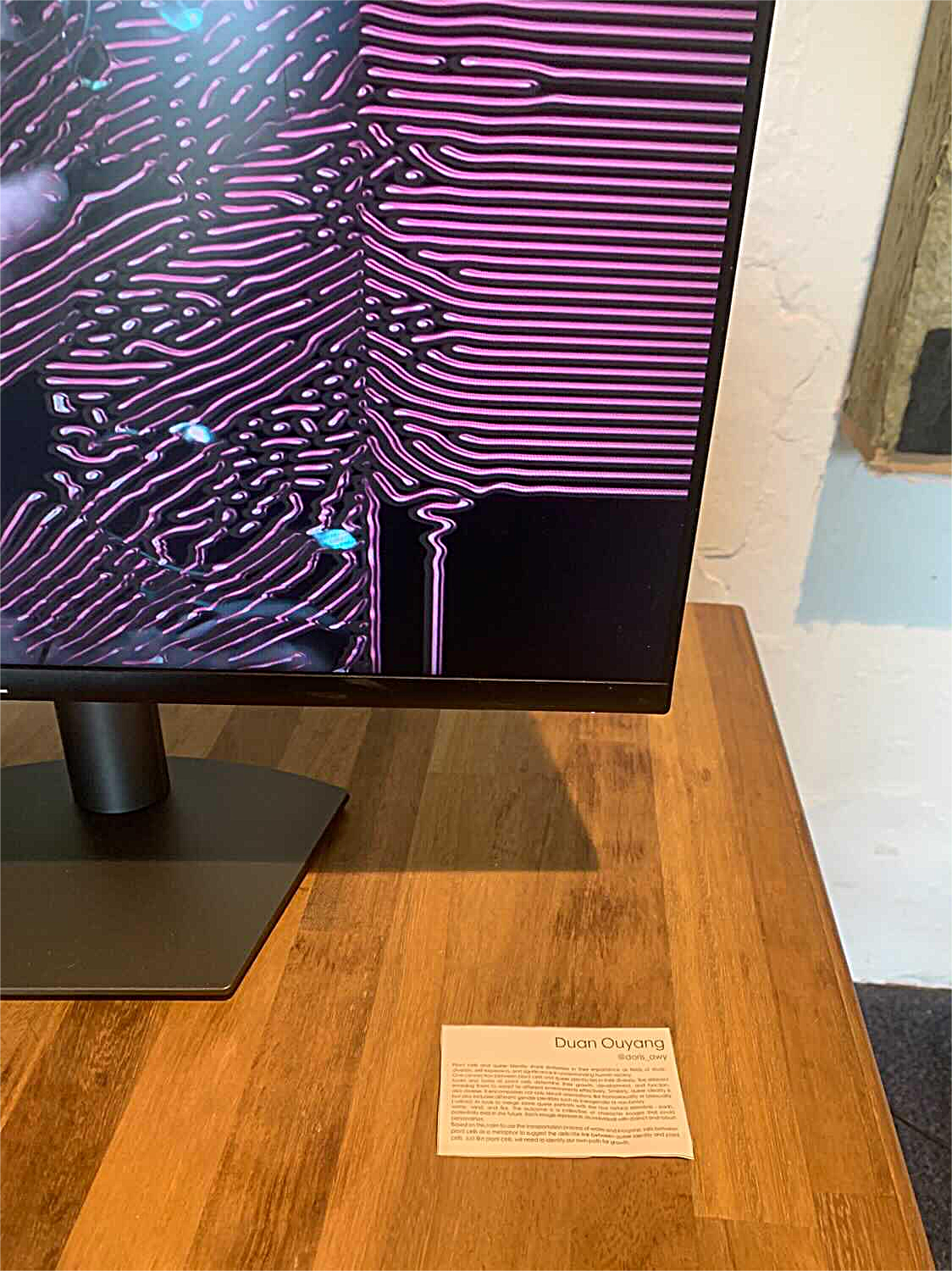
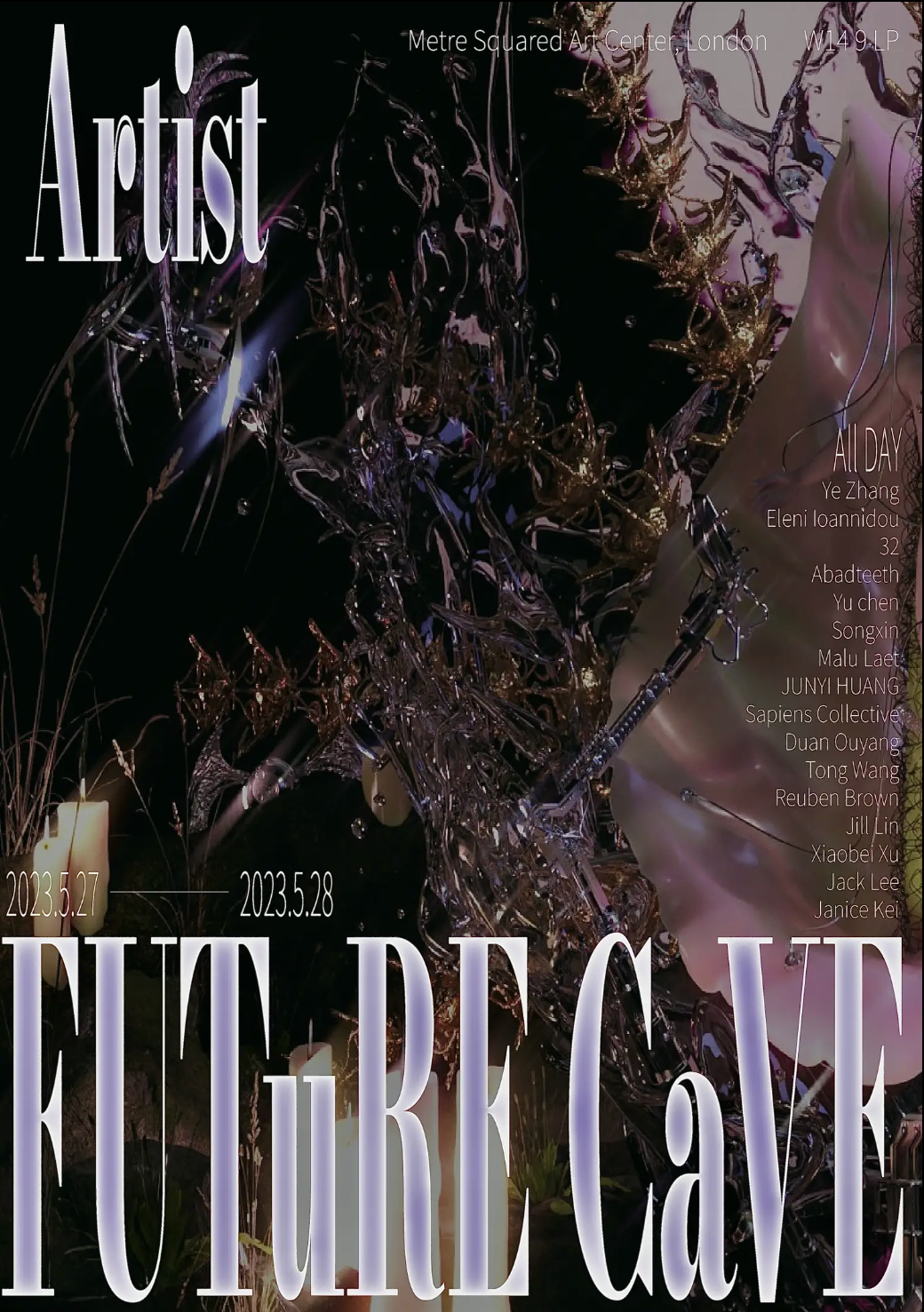
1. Sohail Ahmed, Gay Muslim: I radicalized to try ‘to cure myself’, via; https://www.cnn.com/videos/tv/2016/06/20/sohail-ahmed-camerota-intv-newday.cnn
2.Background Research * and illustration via ; Kerr, S.C., Weigel, E., Spencer, C.C., & Garton, D. 2023 edition. Organismal Biology, First published online in 2017. https://organismalbio.biosci.gatech.edu/
3.Plant Growth** via ; Plant Growth | Biology for Majors II (lumenlearning.com)